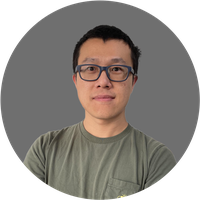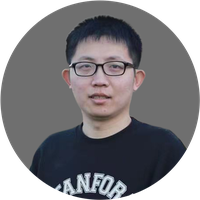Nanotechnology & materials
Hongze WANG
Promoting the mass industrial application of the laser manufacturing process.

China
Yi YANG
Studying free-electron-light interaction at the nanoscale, indicating its huge application potentials for novel radiation sources.

China
Zhitao ZHANG
Developing flexible light-emitting polymers with lower cost and higher performance.

China
Jiamin ZHU
Making significant contribution to the development of fusion technology, enabling practical fusion reactors.

Global
Carlos Portela
3D nanomaterials you can hold in your hand.
